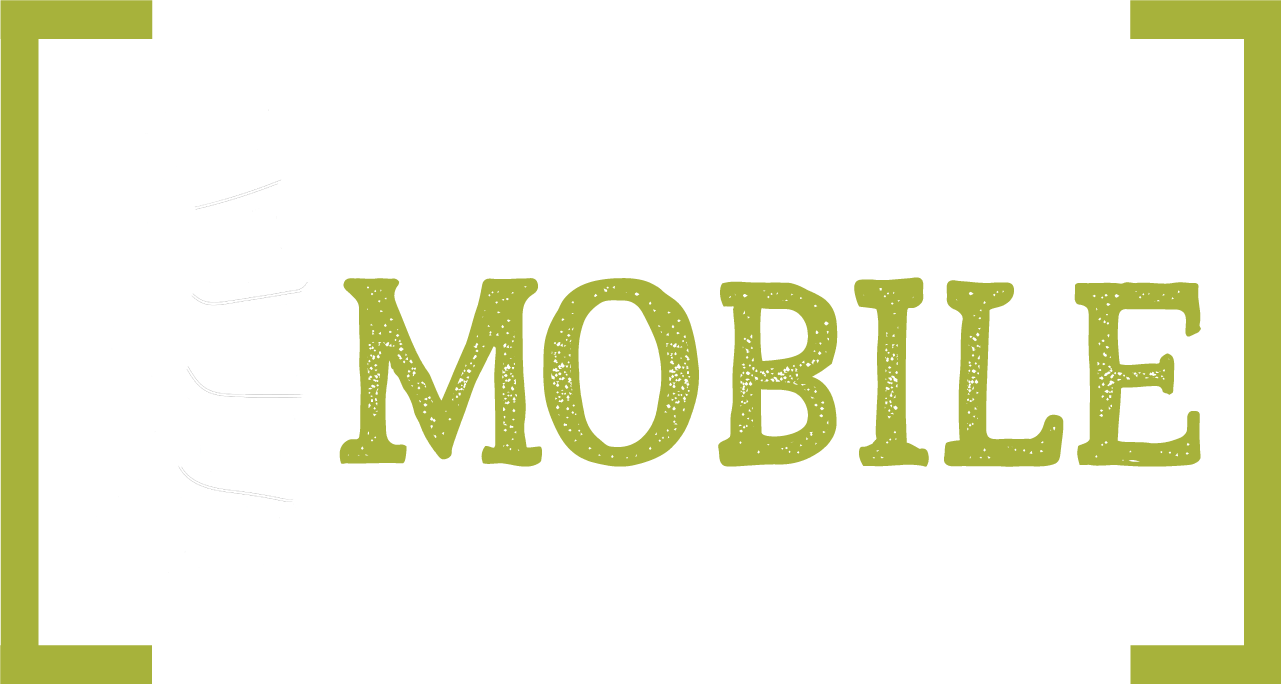full spine adjustment
During a full spine adjustment, the patient's goal is to be as relaxed as possible. This is why your chiropractor will ask you to breathe deeply and exhale forcefully; this will slow down the heart rate and relax the muscles.
You will then feel your chiropractor press on different joints in your spine in order to assess restriction of motion. Swiftly, your chiropractor will perform a relieving thrust on the spine in a painless motion that may or may not make it 'pop' or 'crack'.
It is important to remain relaxed throughout the adjustment in order to lessen the probability of experiencing soreness after your adjustment. A small percentage of patients (about 8%) experience soreness for up to 48 hours following the adjustment. This is considered normal; it is due to the detachment or releasing of adhesions and fibrosis tissue. This improves spinal range of motion, causing a feeling of 'looseness' in the spine.
As a general rule, it is a good idea to be assessed for subluxations every 1-3 months. Athletes and individuals who are highly active are advised to get checked twice per month. Injuries to the spine are treated anywhere from 3 to 5 times per week. With time, regular patients learn to detect when they need to see their chiropractor.
It is not necessary to be in pain in order to visit your chiropractor. In fact, being well adjusted can help decrease the risk of injuries and will also decrease the risk of other disease by strengthening immunity and improving organ function.
